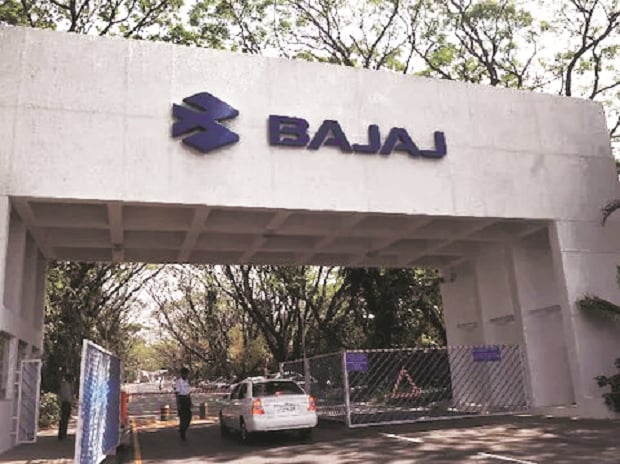Bajaj Auto is planning to tap the big opportunity to sell its electric scooters in the south east Asian market given that countries in the region have announced ambitious targets for conversion of ICE vehicles to electric.
Bajaj’s presence in this market in ICE vehicles has been limited till now because the region is essentially a step-through two-wheeler and scooter market. Bajaj does not have products in scooters and step throughs powered by ICE.
Motorcycles, on the other hand, which are Bajaj’s mainstay, enjoy only a niche play with limited sales.
Rakesh Sharma, executive director of Bajaj Auto, said, “The transition to electric vehicles is a big opportunity, particularly in countries like Thailand, Vietnam and Indonesia, driven by the intent of the government there. For Bajaj, this will open up a very large market when it unfolds as we are not able to participate in it due to our form factor constraints in ICE vehicles. With these constraints getting removed, we can take aim at this region with an electric vehicle-centred approach.”
Sharma said governments have already set up high targets for the conversion of ICE to electric vehicles. For instance, Thailand hopes that 30 per cent of ICE vehicles will be electric by 2030. Under a new policy announced in March, the Thai government aims to have 1 million electric vehicles on the road by 2025 and 15 million in another 10 years.
Vietnam’s target is a 100 per cent electric fleet by 2030.
According to Sharma, the south-east Asian market is the third largest after India and China. About 10 million ICE two-wheelers are sold per annum in south east Asia. The Indian market is around double the size.
However, motorcycles account for only 5-6 of the total market, unlike India where they account for around 60 per cent of the overall two wheeler market.
Bajaj refuses to let this market fact — it sells bikes in the niche category between 100-500 cc — constrain its goals.
The only place where Bajaj is a market leader is in the Philippines where mobikes are also used as commercial taxis. Bajaj exports a substantial 10,000 units every month to the Philippines.
In other nations, Bajaj’s strategy has been to establish a beachhead; it has done this in Malaysia, and is doing it in Thailand.
“We will build the route to market and the brand in a gradual way. We have already established manufacturing in Malaysia through our partner Modenas, which allows us to avail ourselves of intra-Asean trade benefits,” said Sharma.
He added that while there is no Asean-level free trade agreement (FTA) with India, there are bilateral agreements and these may remain as the region moves towards the Regional Comprehensive Economic Partnership or RCEP.
Bajaj is aware that there is a fair degree of standardisation of custom duty structures within Asean and its purpose is served through its manufacturing facility in Malaysia.
When asked whether the company would look to set up an export hub in the region for exports, Sharma said India has a very competitive manufacturing base, but sometimes local production is needed in the region to be able to access the surrounding markets because India has no FTA at the Asean level.
The S-E Asian market has attracted many global mobike players, especially in the heavy engine end of the market such as Royal Enfield which set up an assembly plant in Thailand in 2020 and sells in the region.
Italian mobike player Ducati and US giant Harley Davidson also have a presence and an assembly plant in Thailand.
Note:- (Not all news on the site expresses the point of view of the site, but we transmit this news automatically and translate it through programmatic technology on the site and not from a human editor. The content is auto-generated from a syndicated feed.))




What’s up it’s me, I am also visiting this site regularly,
this web page is really nice and the visitors are in fact sharing nice thoughts.
What’s Taking place i am new to this, I stumbled upon this I’ve found It absolutely helpful and
it has aided me out loads. I am hoping to contribute &
aid other customers like its helped me. Great job.
I do trust all of the ideas you have presented for your
post. They are really convincing and can definitely work. Still, the posts are too short for
novices. May just you please lengthen them a bit from next time?
Thanks for the post.